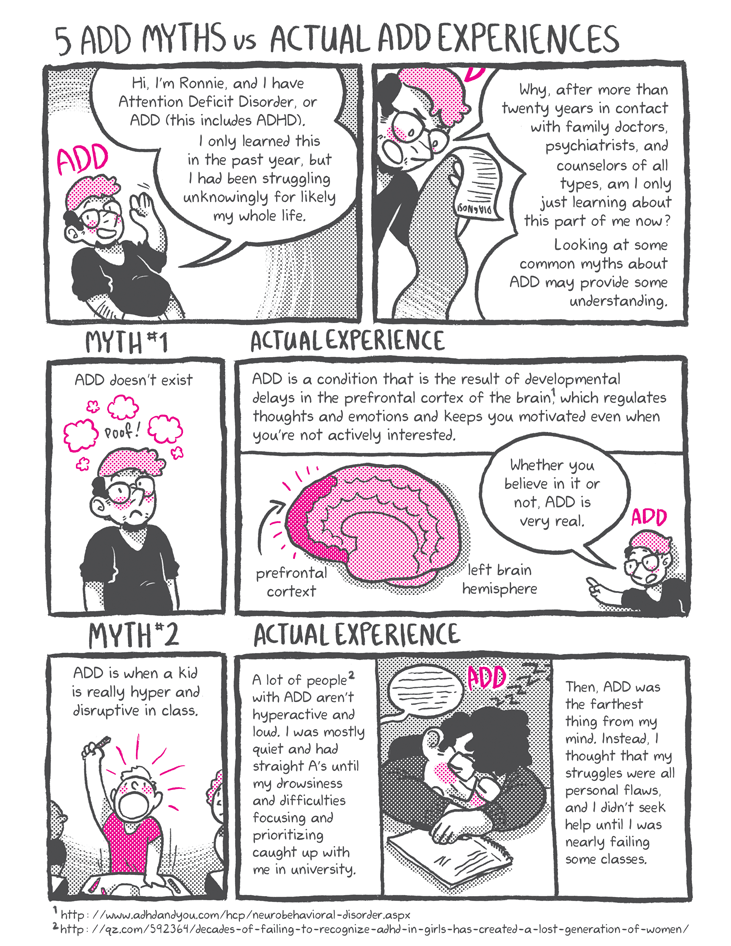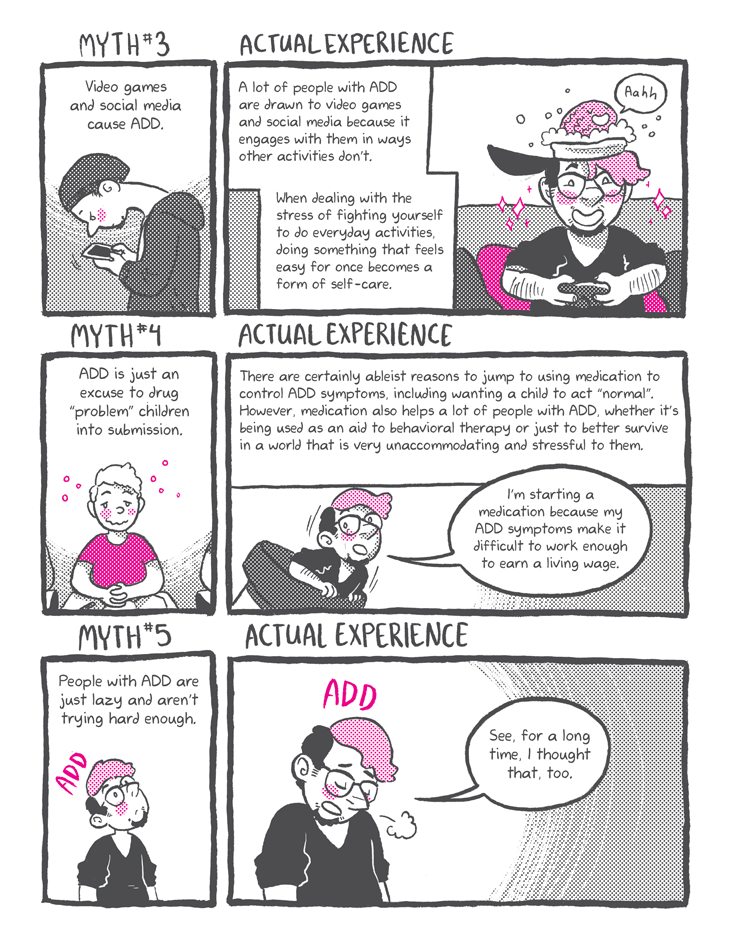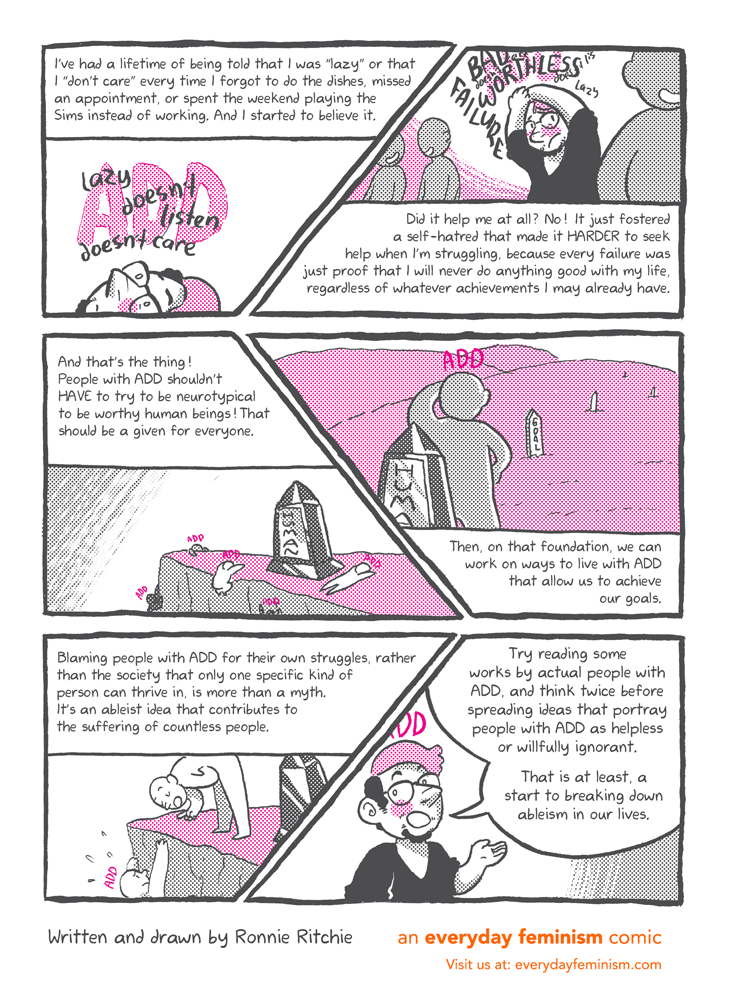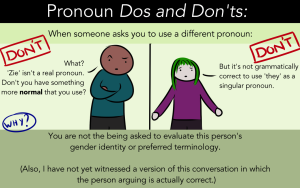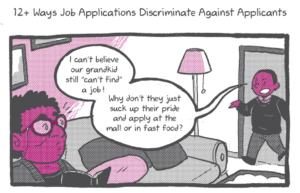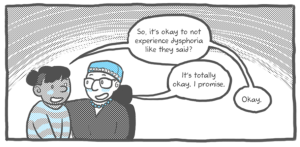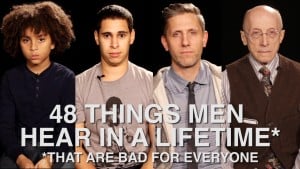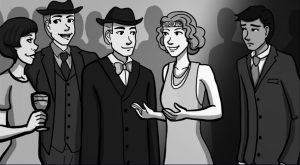5 ADD Myths vs. Actual ADD Experiences
Panel 1
(Ronnie waves, the letters ADD above their head.)
Ronnie: Hi, I’m Ronnie, and I have Attention Deficit Disorder, or ADD (this includes ADHD). I only learned this in the past year, but I had been struggling unknowingly for likely my whole life.
Panel 2
(Ronnie observes a long paper list labeled “diagnosis” in annoyance.)
Ronnie: Why, after more than twenty years in contact with family doctors, psychiatrists, and counselors of all types, am I only just learning about this part of me now? Looking at some common myths surrounding ADD may provide some understanding.
Panel 3
Text: Myth #1: ADD Doesn’t Exist
(“Poof!” The letters ADD disappear from above Ronnie’s head, startling them.)
Panel 4
(An image of the brain points out the prefrontal cortex, the layer of brain tissue covering the frontal lobes, or the half of your brain closest to the forehead.)
Text: Actual Experience: ADD is a condition that is the result of developmental delays in the prefrontal cortex of the brain, which regulates thoughts and emotions and keeps you motivated even when you’re not actively interested.
(Ronnie pops in from the side, “ADD” above their head again, pointing towards the diagram.)
Ronnie: Whether you believe in it or not, ADD is very real.
Panel 5
Text: Myth #2: ADD Is When a Kid Is Really Hyper and Disruptive in Class
(A small blond kid stands up at their desk, holding up a crayon and yelling. Their classmates turn to face them; faces range from startled to annoyed.)
Panel 6
Text: Actual experience: A lot of people with ADD aren’t hyperactive and loud. I was mostly quiet and had straight A’s until my drowsiness and difficulties focusing and prioritizing caught up with me in university. Then, ADD was the farthest thing from my mind. Instead, I thought that my struggles were all personal flaws, and I didn’t seek help until I was nearly failing some classes.
(A younger Ronnie has their head down on their desk, pencil still in hand, asleep on top of their notes.)
Panel 7
Text: Myth #3: Video Games and Social Media Cause ADD
(An image of a teenager leaning over their phone, as if in a trance.)
Panel 8
Text: Actual experience: A lot of people with ADD are drawn to video games and social media because it engages with them in ways other activities don’t. When dealing with the stress of fighting yourself to do everyday activities, doing something that feels easy for once becomes a form of self-care.
(Ronnie sits enraptured at their couch, controller in hand. The top of their head is open as if on a hinge, exposing their brain, which is bathing in a bubble bath. Ronnie’s brain sighs in delight.)
Panel 9
Text: Myth #4: ADD Is Just an Excuse to Drug “Problem” Children into Submission
(The same blond kid from Panel 5 sits at their desk, surrounded by bubbles, with a goofy expression.)
Panel 10
Text: Actual experience: There are certainly ableist reasons to jump to using medication to control ADD symptoms, including wanting a child to act “normal.” However, medication also helps a lot of people with ADD, whether it’s being used as an aid to behavioral therapy or just to better survive in a world that is very unaccommodating and stressful to them.
(Ronnie pops out of a giant prescription pill bottle.)
Ronnie: I’m starting a medication because my ADD symptoms make it difficult to work enough to earn a living wage. (Something that is difficult even for neurotypical people!)
Panel 11
Text: Myth #5: People with ADD Are Just Lazy and Aren’t Trying Hard Enough
(Ronnie stands alone in the panel, looking up at the text.)
Panel 12
Text: Actual experience:
(Ronnie sighs.)
Ronnie: See, for a long time, I thought that, too.
Panel 13
(Ronnie looks up at the letters “ADD” above their head, but the text is faded, covered instead by phrases like “lazy,” “doesn’t listen,” and “doesn’t care.”)
Text: I’ve had a lifetime of being told that I was “lazy” or that I “don’t care” every time I forgot to do the dishes, missed an appointment, or spent the weekend playing the Sims instead of working. And I started to believe it.
Panel 14
(Ronnie looks fearfully at the vague figures of other people around them, trying to cover the words above their head. The “ADD” is almost completely obscure now, the phrases like “doesn’t listen” and “doesn’t care” covered by even bigger words like “bad,” “worthless,” and “failure.”)
Text: Did it help me at all? No! It just fostered a self-hatred that made it harder to seek help when I’m struggling, because every failure was just proof that I will never do anything good with my life, regardless of whatever achievements I may already have.
Panel 15
(Several people labeled “ADD” struggle to climb a sheer cliff, on the top of which is a moment labeled “Human.”)
Text: And that’s the thing! People with ADD shouldn’t have to try to be neurotypical to be worthy human beings! That should be a given for everyone.
Panel 16
(One of the people labeled “ADD” leans against the “Human” monument on even ground, surveying a landscape of gentle hills with several stones, each labeled “goal.”)
Text: Then, on that foundation, we can work on ways to live with ADD that allow us to achieve our goals.
Panel 17
Text: Blaming people with ADD for their own struggles, rather than the society that only one specific kind of person can thrive in, is more than a myth. It’s an ableist idea that contributes to the suffering of countless people.
(In the same scenario of the person climbing the cliff, another person leans over the edge and berates them as they struggle.)
Panel 18
(Ronnie gestures up at the whole of the comic above them.)
Ronnie: Try reading some works by people with ADD, and think twice before spreading ideas that portray people with ADD as helpless or willfully ignorant. That is, at least, a start to breaking down ableism in our lives.
